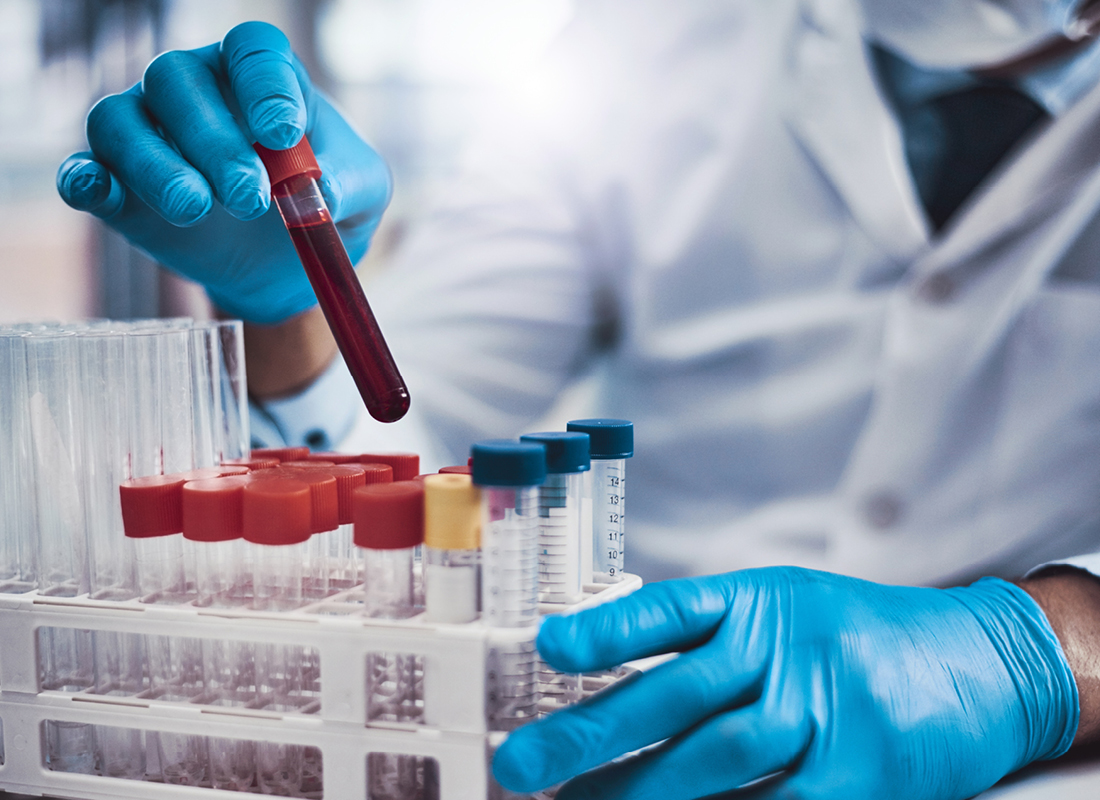Improved Accuracy of Point-of-Care HbA1c Tests May Expand Access to Testing
From - Diagnostic Testing & Emerging Technologies The U.S. Food and Drug Administration-cleared POC Afinion HbA1c Dx test (Alere Technologies a subsidiary of Abbott Laboratories) is accurate and… . . . read more

Subscribe to Clinical Diagnostics Insider to view
Start a Free Trial for immediate access to this article